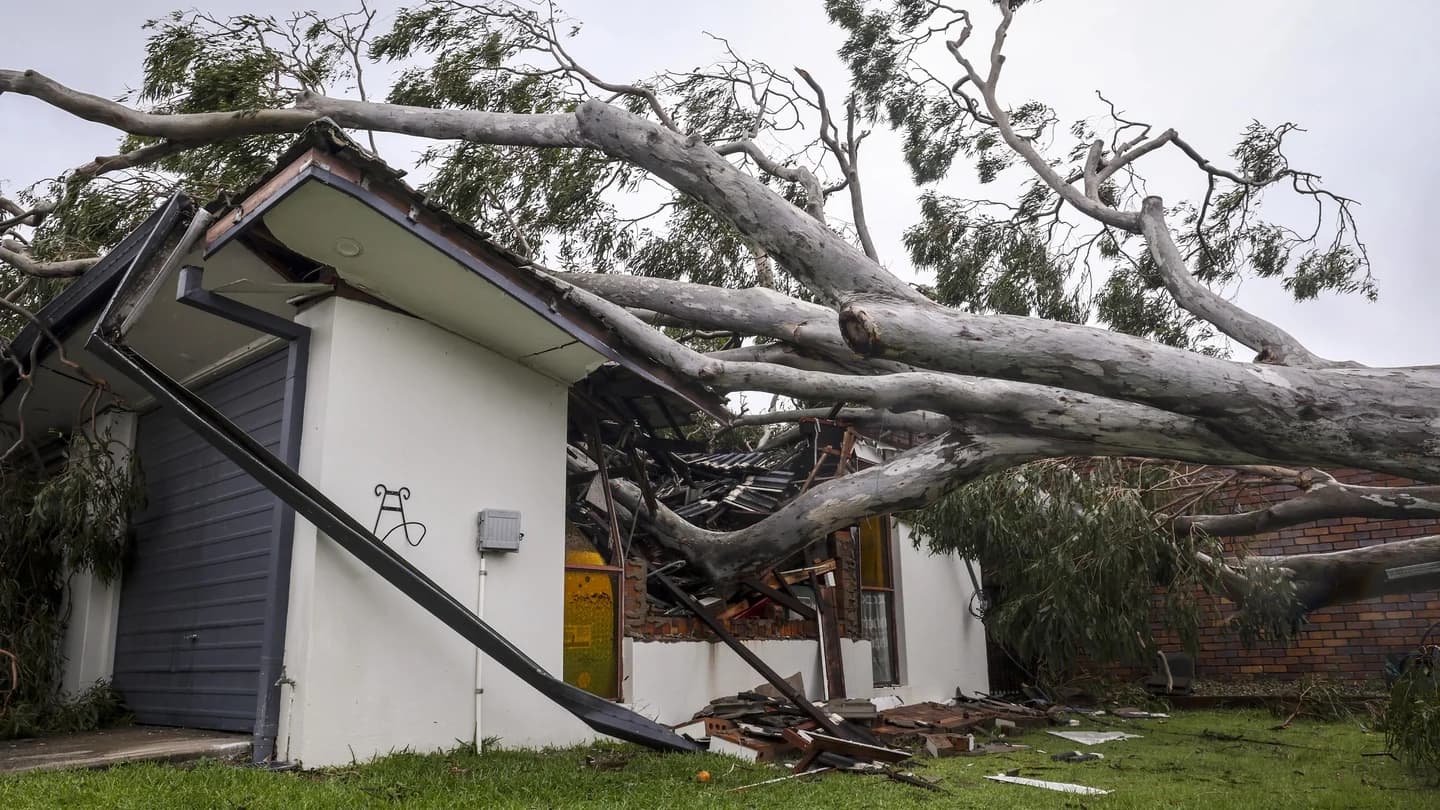Cyclone Fina Leaves Thousands in Northern Territory Without Power
Tropical Cyclone Fina struck Australia’s Northern Territory overnight, leaving about 19,000 people without electricity as it moved away from Darwin. The severe winds and localized flooding forced Darwin International Airport to close and prompted urgent damage assessments, reviving difficult memories of Cyclone Tracy for the city.

A severe tropical cyclone that swept across Australia’s Northern Territory overnight has left widespread disruption, with roughly 19,000 customers still without power as emergency crews begin assessments. The Bureau of Meteorology classified the storm, known as Fina, as a category three cyclone on Sunday, recording wind gusts up to 205 kilometers per hour as the system moved away from Darwin after passing the city late on Saturday.
Local authorities reported property damage and submerged roads in the wake of the storm, though initial accounts indicated there were no injuries. Darwin International Airport closed as a precaution and officials said it would work to re establish operations when conditions permitted. Electricity networks and municipal teams were mobilized early Sunday to isolate hazards and restore supply, while emergency services urged residents to stay clear of downed power lines.
For residents of Darwin the storm revived a distinct historical anxiety. Mention of Cyclone Tracy, which devastated the city in 1974, circulated widely as people checked on family and property. That long shadow informs local expectations about emergency response and infrastructure resilience, and it shapes the political calculus in the Northern Territory and Canberra on how to support recovery.
The immediate priorities are practical and urgent. Crews are carrying out damage surveys to identify critical outages, clear obstructed roads and make power systems safe. Flooding on low lying roads complicates access to some suburbs and remote communities, heightening concerns about how quickly services and supply chains can be restored across the territory’s broad and sparsely populated geography.
The impact of Fina will be measured not only in short term disruption but also in what it reveals about preparedness in a region that faces periodic severe weather. Darwin is a small city with strategic importance as a hub for northern Australia and for maritime and regional links to Southeast Asia and the Pacific. Interruptions to transport and utilities can therefore have outsized consequences for commerce and for communities that rely on the city for supplies and services.
Federal and local emergency management arrangements are likely to be tested in the coming days as authorities prioritize restoring power and clearing roads ahead of any secondary effects such as lingering floodwater and isolated infrastructure damage. Rapid assessments will inform whether further state or national assistance is necessary.
The cultural resonance of cyclones in northern Australia means recovery will also be attentive to the social dimensions of disaster response. Communities, many with strong Indigenous presence and long established ties to country, often rely on local knowledge and networks in parallel with official supports. How authorities coordinate with those networks will be critical to an effective and culturally sensitive recovery.
As crews work through damage assessments, residents were cautioned to keep away from fallen power lines and to follow official safety guidance. Authorities expect to provide more detailed updates on outages and airport operations as conditions stabilize and inspections conclude.


